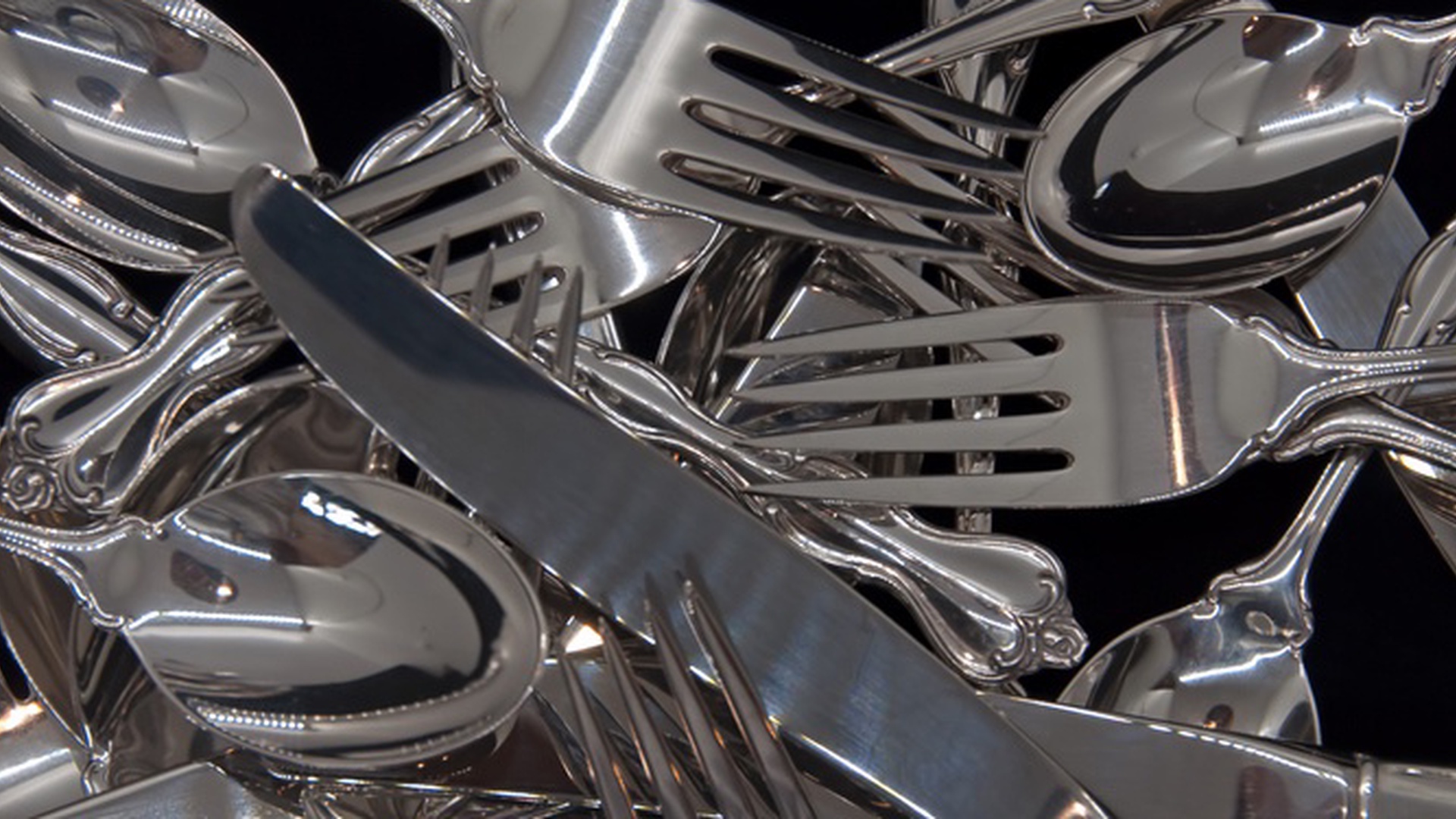

Silver is currently one of the most undervalued commodities in the market, despite its crucial role in both industrial applications and investment portfolios. Multiple indicators, including the gold-silver ratio, supply deficits, and increasing industrial demand, point to significant upward potential for silver prices in the coming years.
One of the clearest signs that silver is undervalued is the current gold-silver ratio, which sits at approximately 89:1, far above its 20-year average of 68:1. While silver has outperformed gold in percentage gains year-to-date, rising 28% compared to gold’s 23%, historical trends suggest that silver still has substantial room to appreciate. Analysts at Citigroup suggest that if the Federal Reserve proceeds with interest rate cuts and economic growth remains strong, the ratio could tighten to around 70, implying further gains for silver.
Unlike gold, which is primarily used for investment and jewelry, silver derives most of its value, about 60% from industrial applications. Silver’s unparalleled electrical and thermal conductivity make it indispensable for modern technologies such as solar panels, electric vehicles (EVs), 5G infrastructure, and flexible electronics.
Silver demand from the solar industry is particularly significant, with projections indicating that solar manufacturers, primarily in China, will increase their silver consumption by 170% by 2030. China alone commissioned as much solar capacity in 2023 as the entire world did in 2022 and is expected to double its manufacturing capacity again in 2024. As a result, solar panel production could consume nearly 85-98% of current global silver reserves by 2050.
The growing demand for EVs could further drive silver’s value. Samsung’s new solid-state battery technology incorporates silver to enhance battery life, range, and charging efficiency, with estimates suggesting that a single EV battery pack could require up to 1 kg of silver. If just 20% of EVs adopt this battery technology, annual silver demand could surge by 16,000 tonnes, far beyond current production levels.
Silver has been in a supply deficit for four consecutive years, with a shortfall of 184.3 million ounces in 2023 alone. Global mine production fell by 1% last year due to strikes, lower ore grades, and mine closures. Even with new mining projects being developed, the silver supply remains constrained relative to demand.
At the same time, China and India are aggressively acquiring silver. China’s silver imports surged to three-year highs, and the Shanghai Metals Exchange is trading silver at a 10% premium to Western markets. Additionally, India’s silver imports jumped 260% in February 2024, with the country purchasing a record 2,295 tonnes in a single month. This accumulation is putting further strain on Western silver stockpiles.
Reports also suggest that China is deliberately hoarding silver to increase costs for Western manufacturers, particularly in the solar and electronics industries. This economic strategy, combined with rising industrial demand, could lead to further supply shortages and price surges.
Investor interest in silver is also gaining momentum. Major silver mining stocks, including Pan American Silver, Coeur Mining, and Hecla Mining, have seen substantial gains in 2024. The Global X Silver Miners ETF (SIL) has risen by 15.1% year-to-date, reflecting growing confidence in silver’s value.
Silver-backed ETFs have seen inflows of 10.7 million ounces in just two weeks, with total holdings rising 3% year-to-date to 724 million ounces. Analysts at Heraeus suggest that because silver is a higher beta commodity than gold, rising retail interest could lead to silver outperforming gold shortly.
With industrial demand growing, supply struggling to keep pace, and geopolitical players stockpiling silver, the risk of a major silver shortage is increasing. Bloomberg reports that at the current rate of demand, London Bullion Market Association (LBMA) stockpiles could be depleted within two years. This could trigger a silver squeeze similar to what was seen in 1980, where panic buying drove silver prices to historic highs.
Gregor Gregersen, founder of Silver Bullion Pte, recently warned that within months, the problem for silver dealers may shift from selling silver to simply finding supply. If supply shortages intensify, silver prices could experience a dramatic upward adjustment.
All signs point to silver being significantly undervalued at its current price. The combination of an unsustainable gold-silver ratio, surging industrial demand (particularly from the solar and EV sectors), ongoing supply deficits, and aggressive silver accumulation by China and India creates a perfect storm for rising silver prices. Investors are already positioning themselves for what could be a historic move upward in the silver market. As demand continues to outstrip supply, silver’s true value may soon be recognized, making now a strategic time to consider silver as a key investment opportunity.